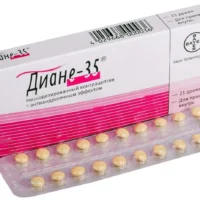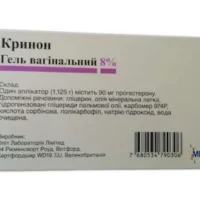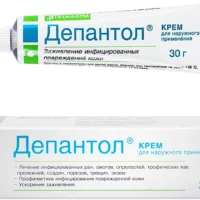Description
Levomin 30: Contraceptive Tablet Overview
Ingredients
- Levomin 30 tablets contain 0.03 mg of one hormone and 0.15 mg of another hormone, working synergistically for contraceptive effects.
- Inactive ingredients: lactose, corn starch, talc, and magnesium stearate.
Dosage
- Take one tablet daily for 21 days, followed by a 7-day tablet-free interval.
- Consistency in daily intake at the same time is crucial.
Indications
- Prevention of pregnancy, menstrual cycle regulation, and reduction of menstrual cramps.
Contraindications
- Avoid in pregnancy, history of blood clots, certain cancers, liver disease, and in smokers over 35 years.
Directions
- Adhere strictly to the provided instructions.
- If a dose is missed, consult the package insert or a healthcare provider.
Scientific Evidence
- Studies support the effectiveness of similar combined oral contraceptives in preventing pregnancy and improving acne and menstrual cycle regularity.
Additional Information
- Levomin 30 does not protect against STIs.
- Regular healthcare check-ups are advisable during use.
- Seek medical advice promptly for unusual symptoms.
Pharmacologically, Levomin 30 inhibits ovulation, thickens cervical mucus to impede sperm penetration, and alters the endometrium to deter implantation, ensuring effective contraception.
Clinical trials affirm the safety and efficacy of Levomin 30 in preventing pregnancy. Common side effects like nausea, breast tenderness, and breakthrough bleeding are usually mild and transient.




